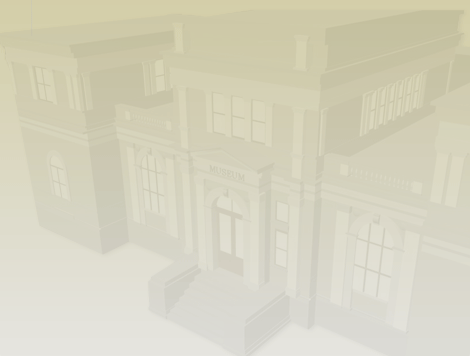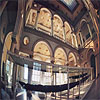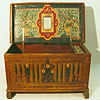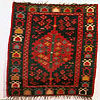| | |||||||||||||||||||
| |
| | |||||||||||||||||
| |
|
|
|
|
| | |||||||||||||
| |
|
| |||||||||||||||||
|
| | ||||||||||||||||||
| |
| | |||||||||||||||||
| |
| ||||||||||||||||||
|
| | ||||||||||||||||||
| | |||||||||||||||||||
| |
| ||||||||||||||||||
 |
| | |||||||||||||||||
| |
 |
| |||||||||||||||||
|
| | ||||||||||||||||||
| | |||||||||||||||||||
| |
| ||||||||||||||||||
| | |||||||||||||||||||
| |
| ||||||||||||||||||
|
| | ||||||||||||||||||
| |
| ||||||||||||||||||
|
| | ||||||||||||||||||
 |
| ||||||||||||||||||
|
|
|
| | ||||||||||||||||
| |
| ||||||||||||||||||
|
|  |
| |||||||||||||||||
| | |||||||||||||||||||
| |
| |
| |
| |
| |
| |
| |
| |
| |
| | |
 |
The political, strategic and economic goals set by the Austro-Hungarian administration required the European level of literacy and a more widespread education. As one of the still unexplored countries of the Balkans, Bosnia and Herzegovina was a source of curiosity for many scientists, especially those from Austria-Hungary . At the same time, it also attracted the attention of quasi-scientists, which in the very first years of occupation resulted in their taking away of the monuments of culture from the region.osta Hörmann, was appointed as director of the Museum. |
|
 |
This all contributed to the decision to take more concrete measures with a view to realizing of the long existing idea to found a museum. Thus, the Museum Society was formed and thereupon the National Government founded the National Museum for Bosnia and Herzegovina on February 1st 1888 . The adviser to the Government, Mr. Kosta Hörmann, was appointed as director of the Museum. |
|
 |
Since the premises that originally hosted the Museum soon became too small and inconvenient, construction of a new building was initiated in 1908. It was decided that the new museum facilities would comprise of a complex of buildings housing all the existing collections in separate sections. The construction was completed in 1913 and the Museum was open for public on October 4th of the same year. It is in this museum complex that had for a long time been the only such specified-purpose museum building constructed on the territory of former Yugoslavia that the National Museum still works today.
|
|